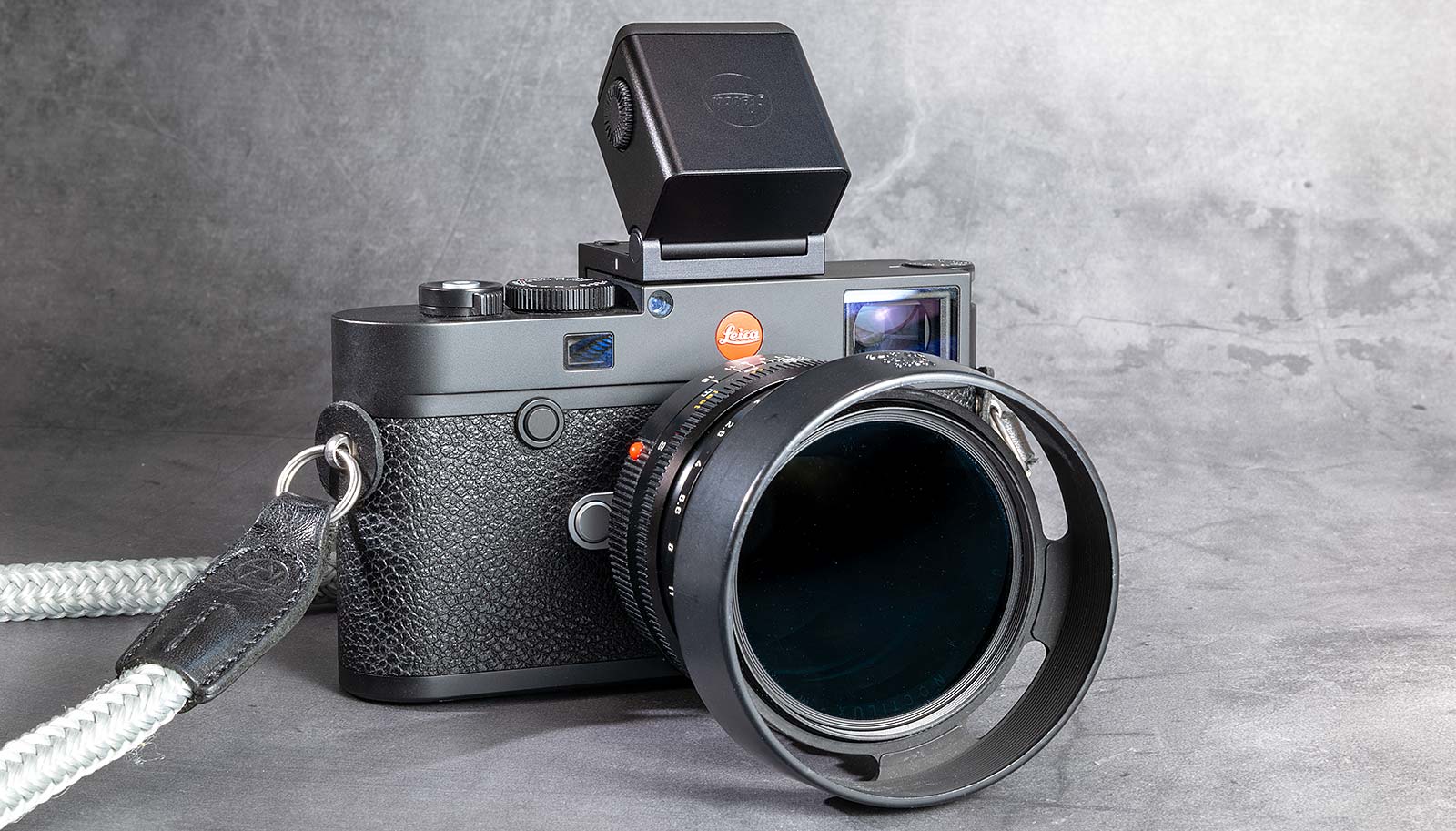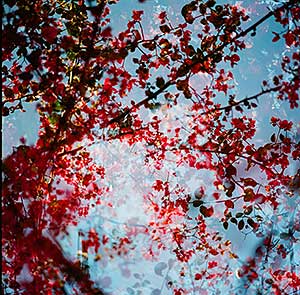
Leica rangefinder cameras - purchase advice
A Leica M rangefinder camera is considered by some photographers to be the "Holy Grail" among cameras - in search of redemption and happiness, which they believe to recognize in this cult object. The "Holy Grail" of photography seems unattainable (and unattainably expensive), as every Leica owner is knighted at the court of King Arthur of Wetzlar and accepted into the illustrious community of the Leician Round Table.
And so myths entwine around these cameras, condense into a claim to truth and manifest themselves in the form of - well - currently a digital Leica M11.
Any ambitious photographer who is perhaps slowly approaching Leica photography over time, Anyone who is fed up with the function-overloaded Sony, Fuji, Canon, Nikon cameras will certainly find the beneficial "deceleration in photography" in the Leica M. The simple design of the control elements and the limited range of functions can be a relief, a trip to the menu system is at least rarely necessary after the initial setup of the camera.
Some desires lead to a purchase and lead to the Surprise, often to the point of disenchantment.
The Leica buyer is like the hero in search of the Holy Grail, who earns respect for his daring use of "weapons" and for his naïve way of simply walking into the "Place of Danger". sets:
Taking photos with a Leica M is something special. But there are some compromises to be prepared for. However, if you accept the special features of Leica M photography or know how to deal with them, you will certainly be rewarded with great photos.
The first images with a Leica rangefinder camera are rarely sharp
Especially with focal lengths from 50mm and open apertures with fast lenses such as a Leica Summilux or even one Leica Noctilux, the focus range is extremely small. With the classic rangefinder (transparent viewfinder), the depth of field achieved cannot be displayed in the viewfinder image, as is the case with electronic viewfinders such as the Fuji X-Pro and the like. is self-evident. That's why practice and experience are part of mentally grasping the achievable sharpness range in advance. In the image result, the sharpness range will still be much smaller than expected. The learning curve is steeper with a digital Leica M camera such as the Leica M9, Leica M10 or Leica M11, since the image results are immediately available for viewing on the camera display or in the electronic viewfinder and the corresponding consequences can be drawn more quickly than in analogue photography with film.
And just focusing with the mechanical rangefinder is a challenge. Despite tolerance ranges and exact fine adjustment, focusing via the rangefinder poses increasingly visible problems for photographers with ever higher resolution sensors. The now 60 megapixel high-resolution sensor on the Leica M11 makes any deviation from ideal sharpness visible, and a modern Leica M also lacks an image stabilizer.
Focusing requires special concentration anyway and it is not without reason that some people wish that the next (digital) Leica M will have an electronic viewfinder EVF (this EFV is already available as an accessory for most digital Leica M as a viewfinder for the hot shoe). Here the Fuji X-Pro series offers a clear, at least technical advantage: You can switch between the optical viewfinder and the digital viewfinder image.
Nevertheless, even with meticulous focussing, there is often a blur in the image result: Focusing is carried out in the viewfinder with precise mechanics via a coupling of the lens with the rangefinder. External influences such as shock or impact often require a correction of the adjustment. This tuning takes place in the Leica factory with impeccable quality, but it is also expensive, because Leica does not only carry out partial repairs such as a viewfinder adjustment, but always the entire program of a factory overhaul. This is complex and expensive, but also correspondingly comprehensive and professional. That's why Leica photography is always expensive. In addition, ideally all the equipment should be sent in so that the lenses and camera(s) are optimally matched. In particular, the classic high-speed Leica lenses such as the Leica Summilux or Leica Noctilux, which are designed for analog film, may require the focus level to be matched to the sensor technology, which fundamentally reduces the tolerance range.
Leica lenses
Not all Leica lenses are good, but all are expensive. Basically, one cannot expect the same imaging qualities from a Leica lens from the 1970s as from a current Leica lens with modern calculations, especially when it comes to sharpness.Here one speaks more of the special "character" of a lens, e.g. a special bokeh effect or a "delicate enamel".
Leica on the used market
Buying used Leica technology makes sense, as the prices are correspondingly lower than new items. And because most Leica users are very careful with their equipment - and often have it serviced - many cameras and lenses available on the second-hand market are in virtually new condition with top technical condition.

